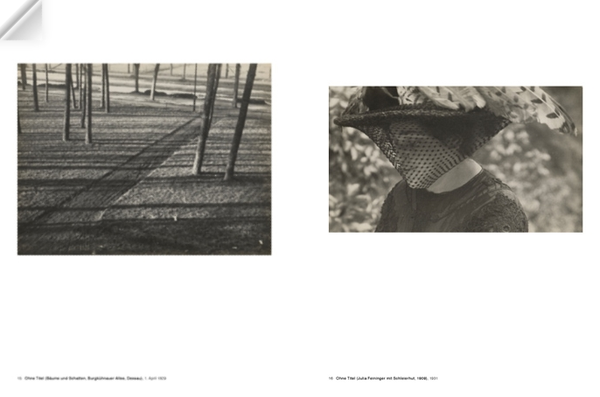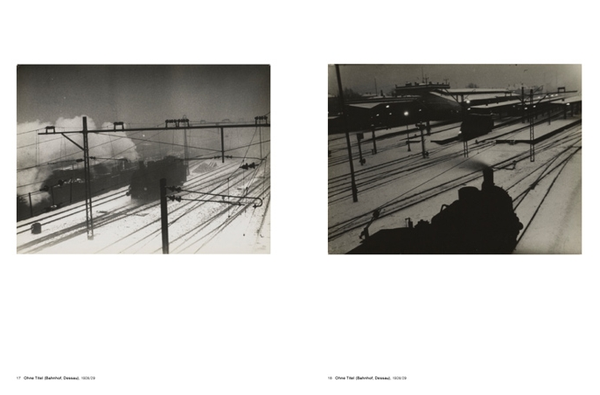


Lyonel Feininger
Fotografien 1928 - 1939
Hatje Cantz Verlag, Ostfildern — 2011
The painter and graphic artist Lyonel Feininger (1871–1956) did not make his first attempts at photography until he was 58 years old, when he had already been a master at the Bauhaus for almost ten years. Presumably inspired by his sons Lux and Andreas and the experimental photographs of his Dessau neighbor László Moholy-Nagy, the artist took up his camera from 1928 and tried a variety of avant-garde techniques. The painter of crystalline architecture and landscapes left behind fascinating night shots, double exposures, negative copies and unsettling images of mannequins or reflections. The publication focuses on his most active time in this medium. It sheds light on this little-known part of the work and uses around 70 original prints to explore its significance within Feininger's oeuvre.
